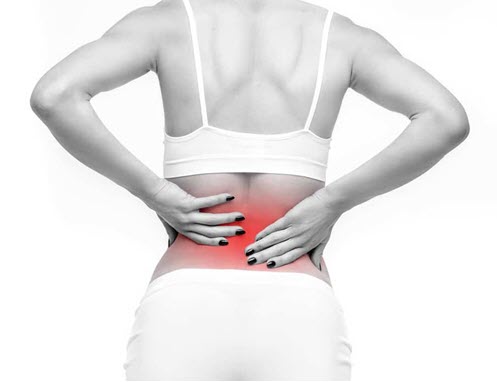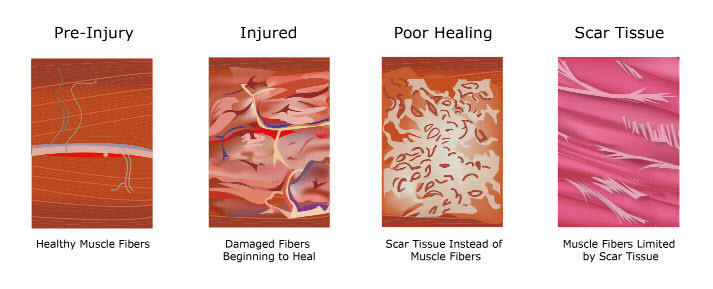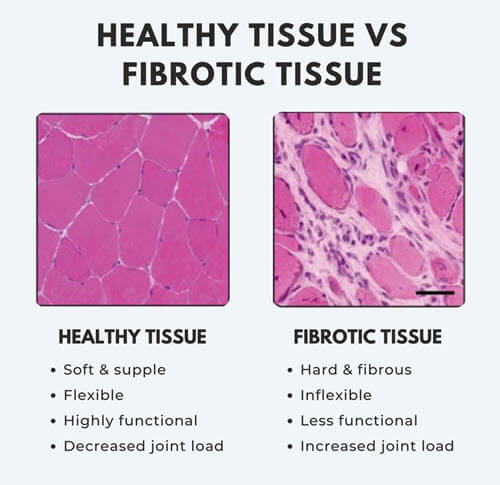LOWER Back Pain
Back pain is a large contributor to illness, pain, and disability in Australia. It is the second leading cause of burden overall, accounting for 4.1% of Australia’s total disease burden. About 4.0 million people or 1 in 6 Australians (16%) had back problems in 2017–18. Back pain cost the Australian health system an estimated $2.8 billion, representing 23% of disease expenditure on musculoskeletal conditions and 2.4% of total health expenditure (AIHW 2019b).
Approximately 80% of the population will experience lower back pain. In many cases this will happen more than once and will go on to be chronic.
Common Symptoms of Back Pain
→ Pain when bending forward
→ Tight, stiff, sore in the morning
→ Difficulty getting dressed in the morning
→ Pain with sitting and/or standing up
→ Pain with driving, getting in/out of the car
→ Tightness & tension in lower back & hips
→ Recurrent SI (sacroiliac) joint pain
→ Pain caused by walking, or being on feet
→ Muscle ‘knots’ that never go away


Common Causes of Back Pain
→ Osteoarthritis
→ Nerve Entrapment
→ Disc Bulge / Herniation
→ Muscle Spasm
→ Trigger Points
initial consultation
Get Started
What causes sciatica?
There can be a number of different causes of sciatica. Traditionally it is explained as a being a disc that has bulged or herniated to a point where it is irritating a nerve root in the lower back. The symptoms are then felt in the distribution of the nerve root, which is typically down the back of the leg and into the foot.
What we see more commonly is not “true” sciatica as explained above, but actually a different problem that produces similar symptoms: sciatic nerve entrapment.
Nerve entrapment is when a peripheral nerve is stuck somewhere in the body. Once nerves leave the spinal cord they course out through the soft tissues of the body and they need to be able to slide, glide and move normally otherwise they let us know with symptoms! When fibrosis develops and adheres a nerve to the surrounding tissues, we often experience symptoms such as tightness, aching, burning, tingling, etc.
When the sciatic nerve becomes entrapped and adhered to surrounding tissues (usually at the hip or the hamstring), it’s common to experience symptoms that are described as sciatica. Sciatic nerve entrapment due to fibrotic adhesion can be treated with non-surgical treatment once a diagnosis has been established.
FIBROus adhesion
A common cause of unresolved pain is chronic, fibrotic change within soft tissues. This is when muscles and connective tissue become tight, weak and inflexible due to a lifetime of sitting, poor posture and overuse.
The tightness and weakness caused by adhesion then leads to a cascade of compensatory changes changes that eventually result in pain (disc injuries, nerve entrapment and joint pain).
The most common treatments for chronic musculoskeletal pain include adjustment/manipulation, massage, dry needling, kinesio tape, stretching and exercises.
NONE of these techniques are likely to treat the underlying adhesion.
When the presence of adhesion is not recognised, the diagnosis is incomplete. Without detailed clinical processes and an accurate diagnosis, many treatments will not provide sustained relief as the underlying cause has not been addressed.

FIBROUS ADHESION: What is it?
Most folks know of scar tissue, which is form of tough, fibrous tissue that helps us to heal after an injury, surgery or trauma. This dense connective tissue is made up primarily of the proteins collagen and fibrin – it is designed to be strong to assist the healing process.
However, it is not just direct trauma or surgery that can cause this response within tissues.
A form of ‘internal scar tissue’ or adhesion, can also develop slowly over time, due to chronic overuse and inflammation. Think of prolonged & lazy postures (sitting for hours on end), repetitive movements and excessive exercise. These activities can reduce the amount of blood and oxygen that get into the tissue, which can be enough to kick-start the adhesion pathway and the formation of internal scar tissue.

The end result is tight, short and inflexible tissues that cannot do their job properly. Muscles become weak and stuck together, tendons become inflamed and painful, nerves get stuck to surrounding tissues, ligaments can no longer move properly and joints start to degenerate early.

adhesion is a big deal.
It may be the disc bulge, the herniation, the degeneration and osteoarthritis that generate the chronic pain and these are the big things that show up on the radiology report – but it was often the adhesion in the muscles, ligaments and nerves that happened first.
Joints of the human body are designed to move through full ranges of motion. But when the soft tissues around the joint become chronically tight, weak and inflexible, the mechanical load on the joint can increase exponentially. Adhesed soft tissues are often involved with painful degenerative processes i.e. osteoarthritis, spinal disc degeneration.
Adhesion is often a large contributor in cases of chronic musculoskeletal pain that has remained unresolved, despite having tried various traditional treatment approaches.

It’s a common problem, uncommonly diagnosed.
Adhesion within soft tissues is a consequence of being a modern-day human. We like to do activities that overuse our muscles, tendons and ligaments. If we don’t manage that load effectively, our bodies manage it for us by laying down adhesion.
Despite the prevalence of this problem and the impact it has on chronic pain conditions, it is not widely taught within the foundational education systems for musculoskeletal providers and requires further training. Therefore many of the traditional approaches to treating chronic pain are often treating the symptoms, but not always the underlying cause.
How can Apex Soft Tissue & Spine help?
We are not your typical Chiropractic office – we don’t rely on joint manipulation as you may have experienced before. We have extensive experience in diagnosis and treatment of fibrous adhesion and peripheral nerve entrapments, which are frequently an underlying and undiagnosed cause of chronic pain. We use non-surgical treatment techniques to reduce adhesion that is affecting muscles, tendons, ligaments and nerves.


Sciatic Nerve Entrapment: A real pain in the butt